Tran Hung Dao's strategy when dealing with powerful enemies.
From the story of Mr. Tran Duy Khang - the Keeper of A Sao Temple and some books on military art of Hung Dao Dai Vuong Tran Quoc Tuan, we would like to bring to readers an image of the Dai Viet army of the Tran Dynasty - described by the people as having an average height of 1.5 m - fighting and defeating the powerful Yuan - Mongol cavalry that spread terror across a large part of Europe and Asia.
Mr. Tran Duy Khang is always proud that his ancestor - An Sinh Vuong Tran Lieu - father of the Duke, Commander-in-Chief, Hung Dao Dai Vuong Tran Quoc Tuan, established a village in A Sao. He said that the stories he told us about the A Sao estate, about the time Tran Hung Dao spent here, as well as the stories about the creativity in making weapons and how to fight the enemy were stories passed down by word of mouth from the elders in his family.

In the 13th century, the Yuan-Mongol cavalry was the most skilled fighting force on the two continents of Europe and Asia. In the book: " Tran Hung Dao - a military genius " (National Political Publishing House - 2000), the authors Trinh Vuong Hong, Phan Dai Doan, Nguyen Danh Phiet, Nguyen Canh Minh, Le Dinh Sy said that, knowing their weaknesses, being weaker in equipment compared to the cavalry in Europe and weaker in organization compared to the Song army, the Yuan-Mongol cavalry tried to overcome them by using their numerical advantage to overwhelm the enemy, while deploying a horizontal battle formation on a wide front, dividing into many lines, continuously charging, attacking from the front and attacking from the flanks to penetrate the enemy's defensive position.

Mongolian cavalry and equipment. (Photo: Genk.vn).
On the vast and dry terrain of the vast grasslands and barren hills of the midlands, the Yuan-Mongol regular cavalry with good technical skills and high tactics freely exerted their strength. The authors of the book quoted Peng Deya of the Song Dynasty, author of the book Black Tartar History, who wrote: “ In terms of fighting, they have the advantage in field battles, if they don’t see an advantage they don’t advance... A hundred cavalry troops turning around can cover ten thousand people, a thousand cavalry troops spreading out, can stretch up to a hundred miles... the enemy will split, the enemy will unite, so the cavalry is their advantage, either far or near, many or few, gathered or scattered, visible or hidden, coming as if falling from the sky, going like lightning... ”. That power spread terror and death to even the far regions of Europe and Asia.
But those advantages and superior strength on the European battlefield became fatal weaknesses when the Yuan-Mongol army entered Dai Viet due to the unsuitable terrain and the military strategy of the Tran Dynasty, which included many combat-ready troops.

In dealing with such a battle-hardened and brutal enemy, the authors of the book “ Tran Hung Dao - a military genius ” believe that Tran Quoc Tuan brought the navy into battle with the motto “using short to fight long”. Through the Bach Dang battle and many other battles as well as through retreats or counterattacks, Tran Quoc Tuan and the generals of the Tran Dynasty demonstrated their talent in combining infantry and navy. Naval warfare was a glorious tradition of the Dai Viet navy from Bach Dang (938) to Dong Kenh (1077).
Seeing the limitations of cavalry in the two wars of 1258 and 1285, in 1288, the Yuan-Mongol army also used naval forces. However, their naval forces could not compare with Dai Viet's naval forces, and were even inferior to the naval forces that had been defeated by our army, such as the Southern Han naval forces and the Northern Song naval forces in the 10th century.
According to the authors, on the battlefield, Tran Quoc Tuan did not apply a horizontal frontal battle formation for defense. He often applied a mobile, quickly changing formation such as having a part of the cavalry fight on the front, attracting the enemy to an advantageous terrain, there was close coordination between infantry and cavalry, arranged in a dispersal formation of the ambush army, attacking the flank of the enemy cavalry.
When the Yuan army wanted to fight on a large scale, we fought on a small scale. When the enemy army wanted to concentrate, we dispersed them, forcing them to fight our way. When the enemy army was weakened, we counterattacked, organizing large, unexpected battles. The enemy did not have time and could not concentrate to respond.
This method of warfare was even more effective when the enemy cavalry advanced to the central and plain regions. No matter how skilled the cavalry was, it was very difficult to maneuver on such a muddy terrain, divided by many rivers. Indeed, “when reaching a line with lakes, ponds, and swamps, the cavalry had to stop.”
The authors of the book concluded: It is clear that the principle of close cooperation between the army and navy in the Bach Dang battle made our army win a great victory. In this battlefield, our navy was good at deceiving the enemy, luring them into the ambush and destroying a part of them so that the infantry ambushing on both banks played a decisive role in destroying the entire large fleet under the command of O Ma Nhi.
History Professor Le Van Lan said that many people do not pay attention to the details, it was fire attacks that destroyed the enemy's boats.
“ The stakes on the river did not pierce the boats, but only served to prevent them from moving, causing congestion. When the boats could no longer move or operate, the fire attack began to take effect… That was the ingenuity of Tran Hung Dao ,” Professor Le Van Lan affirmed to VTC News reporter.

The authors of the book believe that in Dai Viet, Tran Quoc Tuan as well as the Tran Dynasty did not advocate developing cavalry to fight against cavalry as some contemporary world military experts believed. During the Tran Dynasty, infantry was considered the main type of soldier, at the same time promoting its heroic tradition in close combat, ambush, raid and creating a position to fight the enemy.
Besides the infantry, there were elephants and cavalry. Although they had not yet been specialized and developed into independent military branches, the cavalry and war elephants always fought in effective coordination with the infantry. War elephants, with their advantages, became a terror to the invaders every time they encountered them.
During the Tran Dynasty, war elephants participated in the battles of Binh Le Nguyen, Noi Bang, Van Kiep..., trampling infantry and blocking enemy cavalry. Although Dai Viet's cavalry was not numerous, it was often used unexpectedly in coordinated combat or when pursuing enemy troops.
In particular, Dai Viet's navy was an elite army with a tradition of working on the water and good at naval warfare. Originally from coastal areas and fond of martial arts, the Tran Dynasty was increasingly aware of the role of the sea and the navy. Le Phu Tran (aka Le Tan), a high-ranking military officer of the court who made great contributions in the resistance war in 1258, was appointed as the Navy Grand General. Tran Khanh Du was trusted by Tran Quoc Tuan to be given the position of deputy general, guarding the Van Don sea area, building a naval base and organizing the first independent naval units - the Binh Hai army.
The Tran Dynasty warships were of many types, big and small, including the most modern ones at that time such as Chau Kieu boats, Dinh Sat boats, Trung ships carrying food or Co Lau boats with hundreds of rowers capable of crossing the ocean and well-equipped. The sailors were called “trao nhi” teams, appearing from fishermen who were familiar with the river trade, and therefore very good at swimming and naval warfare.
The navy of Tran Quoc Tuan in Van Kiep, the army commanded by the two Tran kings, was equipped with thousands of warships and participated in many important battles in the resistance against the Yuan-Mongol.

Binh Le Nguyen (1258) - the first clash between the Tran Dynasty's army and people and the ferocious invading army from Mongolia, commanded by Ngo Luong Hop Thai. (Photo: Zing.vn).

Returning to the story of the garrison commander Tran Duy Khang, the Yuan-Mongol army at that time was on average 1.7m tall, with large men and strong horses, using bronze shields. The soldiers of the Dai Viet army were only about 1.5m tall, most of them were small, they could attack and capture shields but could not hold them. The generals of Tran Quoc Tuan came up with a way to make shields to avoid arrows, but they had to be light enough to be mobile and flexible.
From then on, shields made of ban paper (a type of paper with tough characteristics) were equipped for the Tran army. This type of paper was combined with silk picked from the forest, boat paint and acacia (persimmon) which people often used to dye clothes. Each layer of ban paper had a layer of silk woven in many layers, a boat layer and a layer of resin powder.
Each shield is made from 14-16 layers of papyrus. The shield is shaped like a boat, covering the soldier from below the knees to the top of the head. Not only does it protect against arrows and swords, the shield can also become a boat to go underwater. This type of shield made an important contribution to the Tran Dynasty's victory over the Yuan-Mongol army.
Our army's swords could not fight the enemy, so Hung Dao Dai Vuong ordered a stick to be made, one end was nearly a foot and a half long (about 45cm), the other end was more than 2 feet (about 70cm), and was covered with iron. Holding the short end to turn the long end, the arrows could not hit the person. On the contrary, holding the long end to hit the short end would go straight to the enemy's head.
According to legend, when setting out on an expedition, the thing that Tran Hung Dao worried about the most was how to deal with food during the battle. While fighting, he could not stop the boat to eat, nor could he cook, as the smoke would be easily detected. Someone gave him a plan for the Tran soldiers to fight for ten days without needing food supplies. Next, he pounded sticky rice cakes, stuffed them with boiled meat, and the soldiers carried them on their backs. When thirsty, they drank river water. This plan helped the Tran soldiers have enough food and strength to fight continuously.
Meanwhile, the Tran Dynasty army and people implemented the order “empty gardens and empty houses”. People were ordered to poison their food and drinking water. In addition, in the third lunar month of 1288, the weather began to get hot, causing the enemy army to fall ill and become seriously weakened.

Along with building a multi-component army (including the court army, local army, royal army and militia), the Tran Dynasty implemented the policy of "sending soldiers to the countryside". According to authors Trinh Vuong Hong, Phan Dai Doan, Nguyen Danh Phiet, Nguyen Canh Minh, Le Dinh Sy, this policy helped the state ensure the balance between the regular army and the reserve army; in peacetime, it was still strong enough to guard, in wartime, it mobilized a large army, carried out people's war, and the entire population was soldiers.
During the Tran Dynasty, as Phan Huy Chu said, "the army had less than 100,000 soldiers", but during the resistance war against the Yuan-Mongol, there were times when the court mobilized 200,000-300,000 soldiers to fight the enemy.

"Sending troops to agriculture" (sending troops to agriculture) since the Ly - Tran dynasty is a unique feature in the art of organizing and building armed forces of our ancestors.
Tran Quoc Tuan, like other generals of the Tran Dynasty, attached great importance to the training of generals and soldiers. The martial arts school was a high-level school during the Tran Dynasty; there the king, together with princes and generals, studied military books and tactics, and learned how to set up and break up battle formations. Tran Quoc Tuan compiled military books as research and teaching materials. Studying military books and tactics was mandatory for kings, crown princes, princes and high-ranking generals. Tran Quoc Tuan required his generals to diligently study military tactics, especially the book Essentials of Military Strategy.
During the preparation for the resistance war against the Yuan-Mongol, King Tran issued an edict assigning Tran Quoc Tuan to organize martial arts training. Many martial arts training centers appeared in the country; in the army, the atmosphere of studying military strategy and practicing martial arts was bustling.
The Tran kings, the royal nobles and especially the generals in the royal court studied day and night the art of conducting and breaking battle formations, practicing horse riding, sword dancing and archery. The state encouraged the opening of martial arts training centers and allowed the princes and royals to command and supervise the training of the troops in their areas of control. Soldiers were trained in horse riding, crossbow shooting, and the use of white weapons such as swords, javelins, spears, etc.

Source


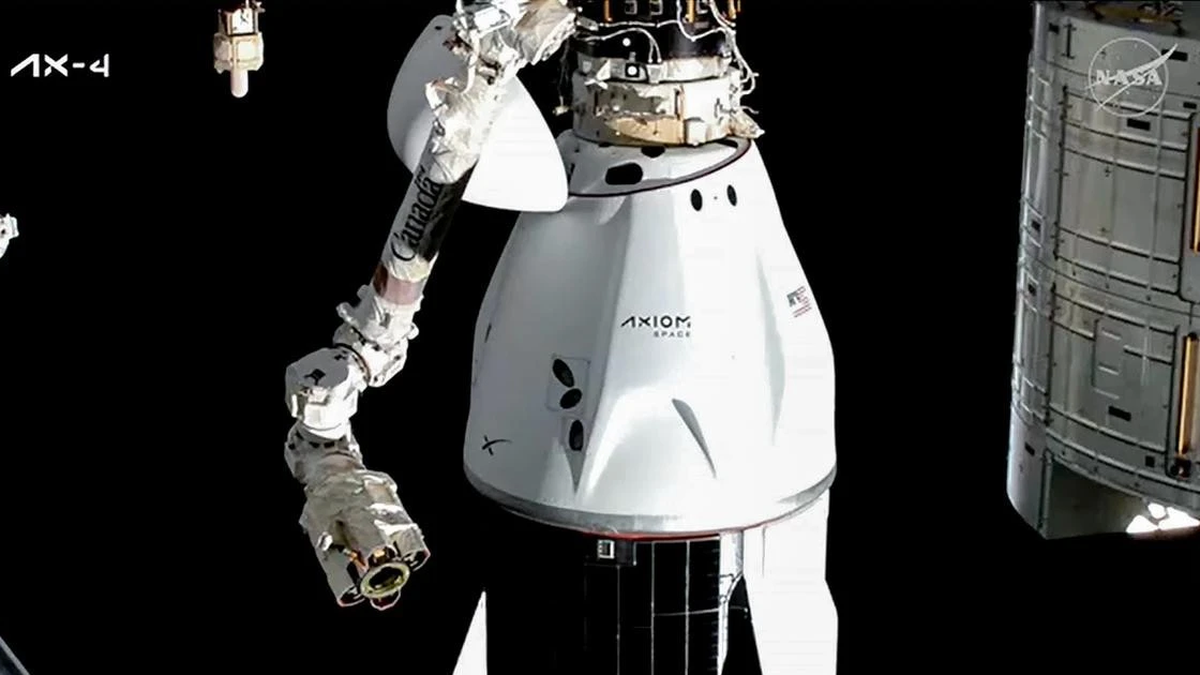
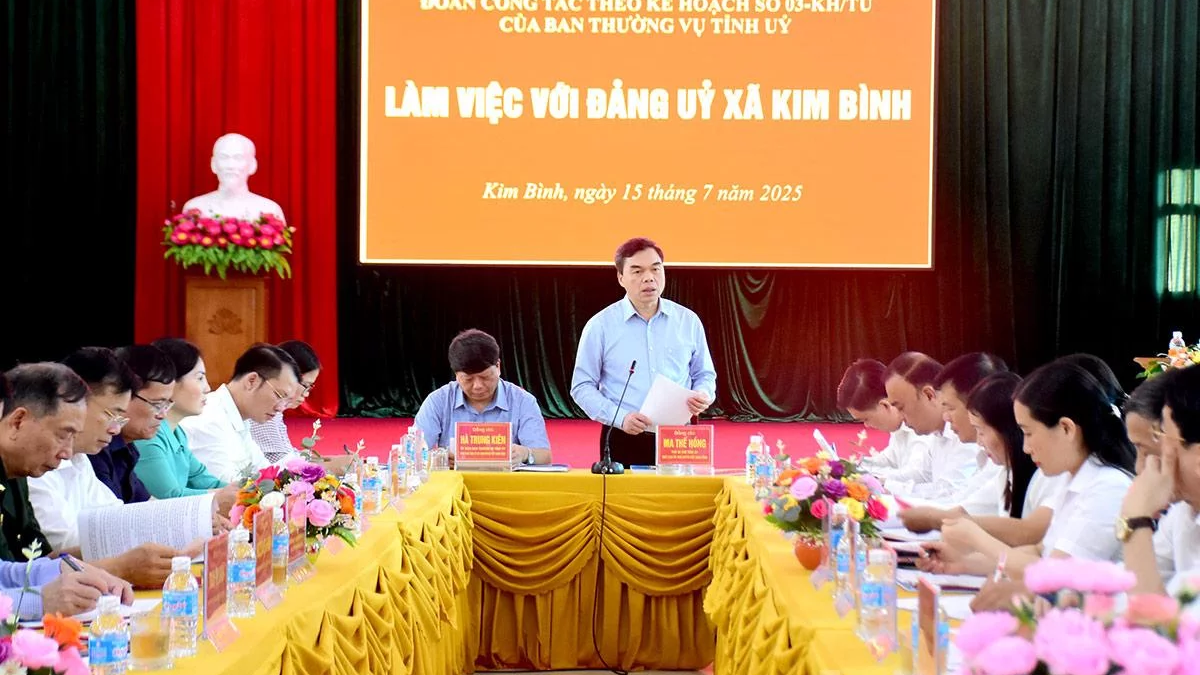


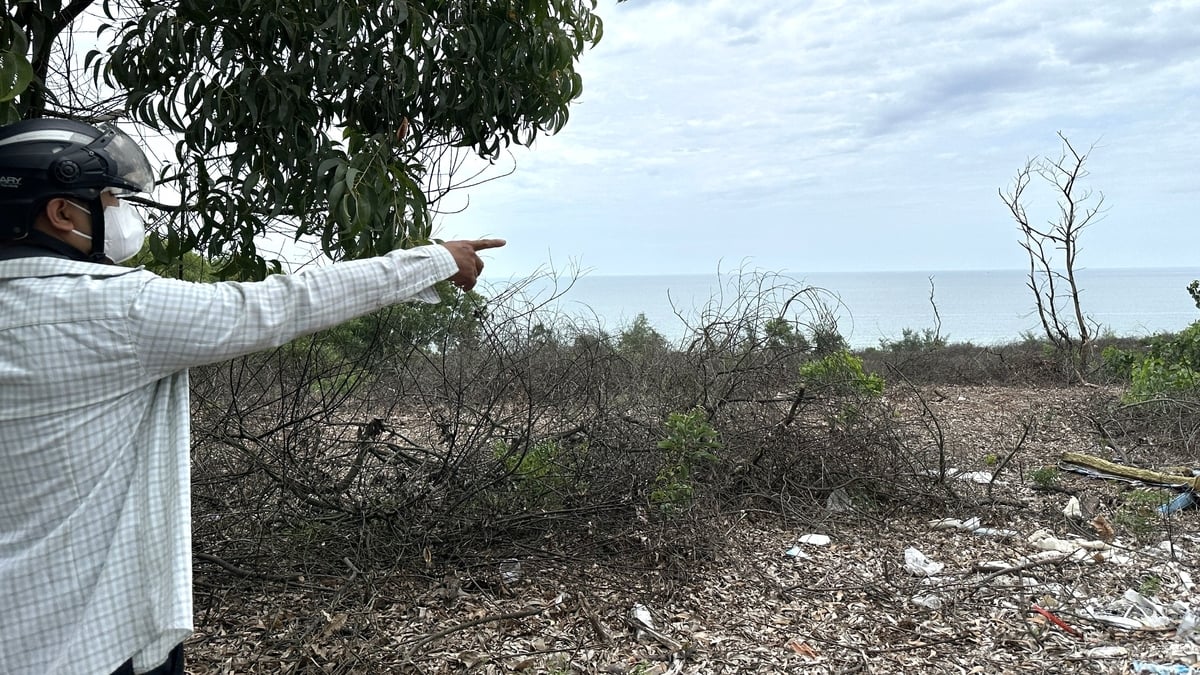
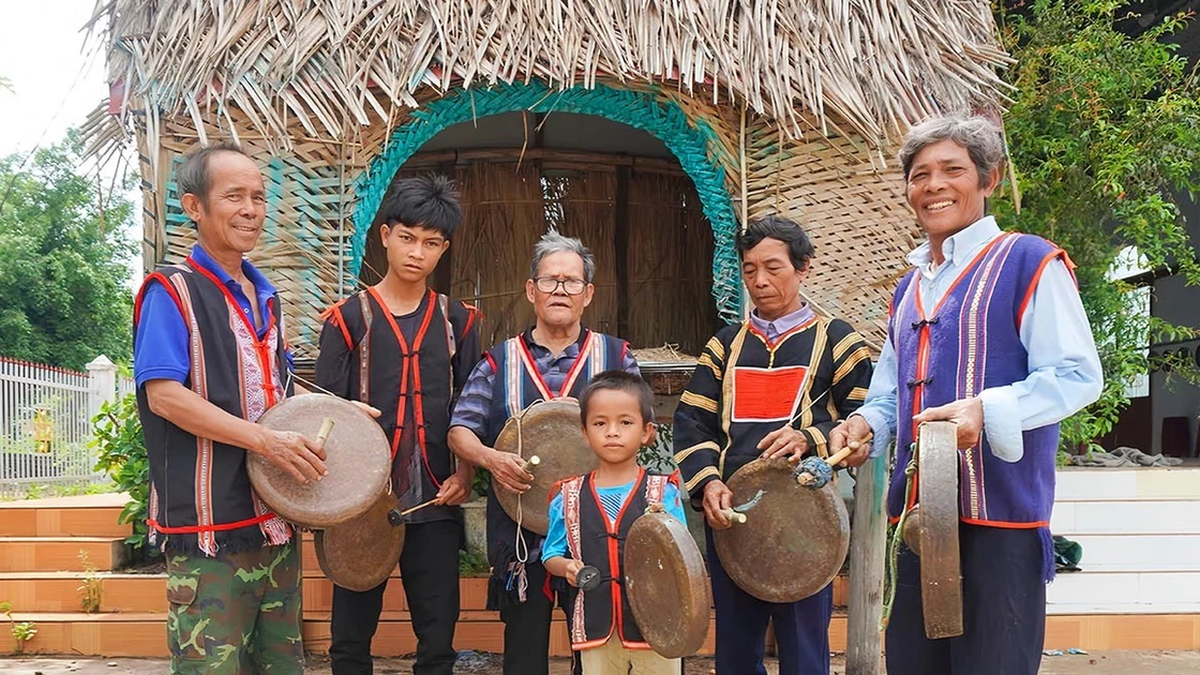
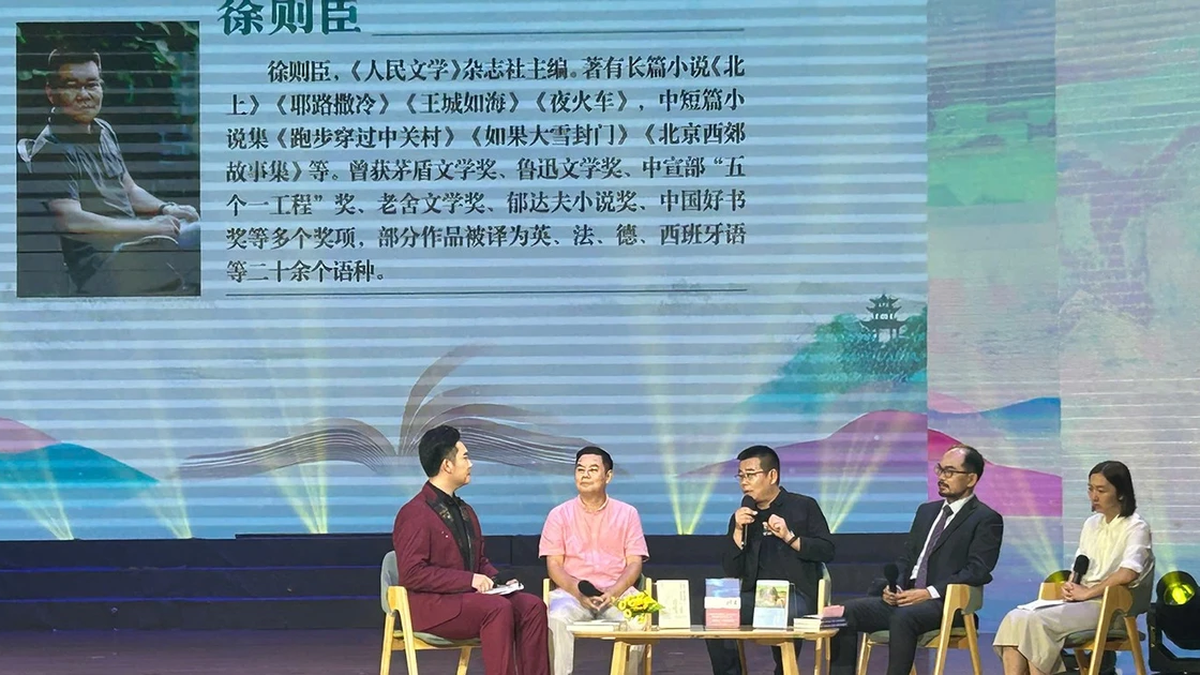
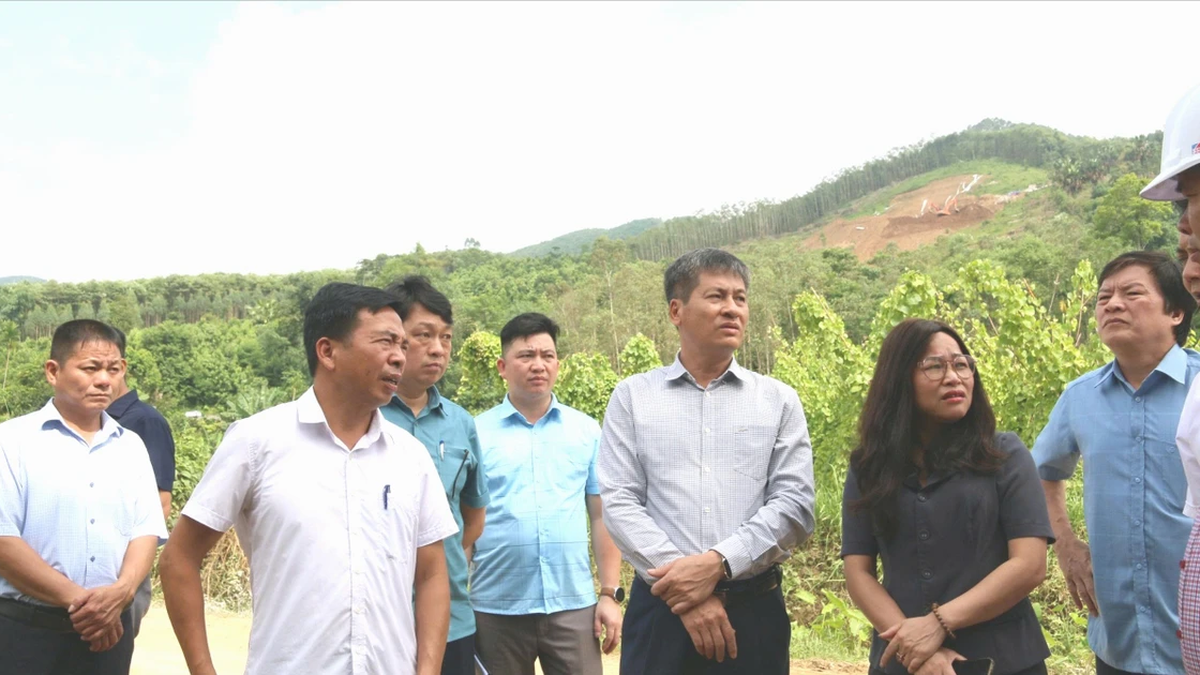
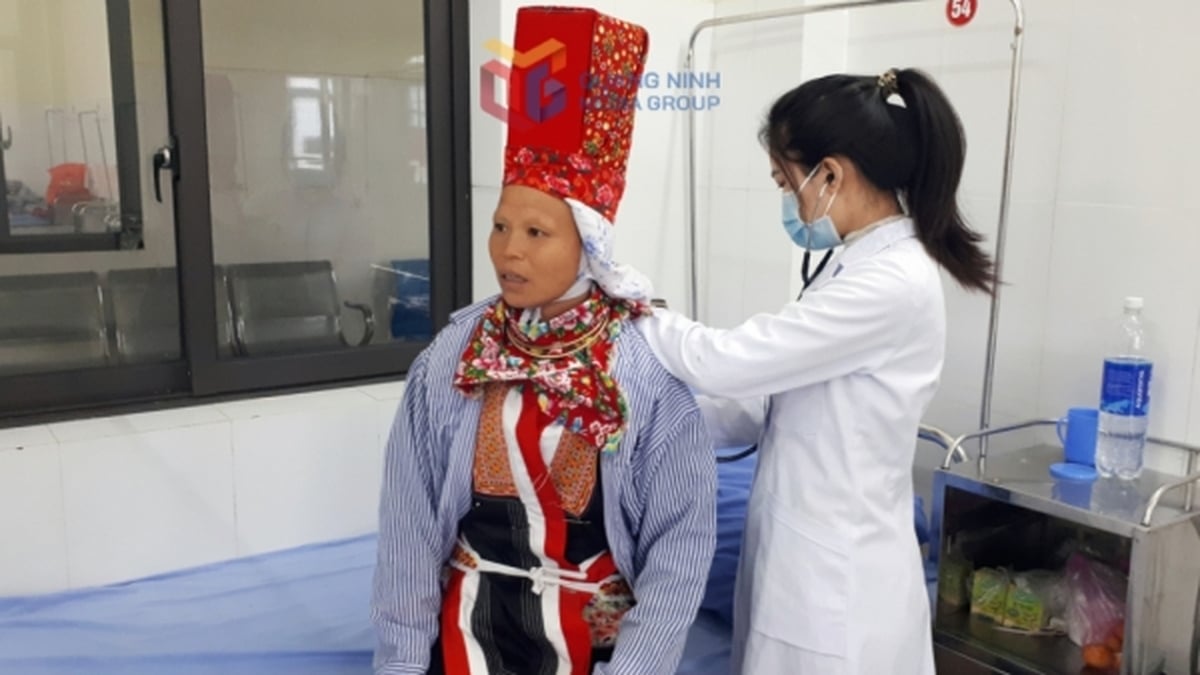
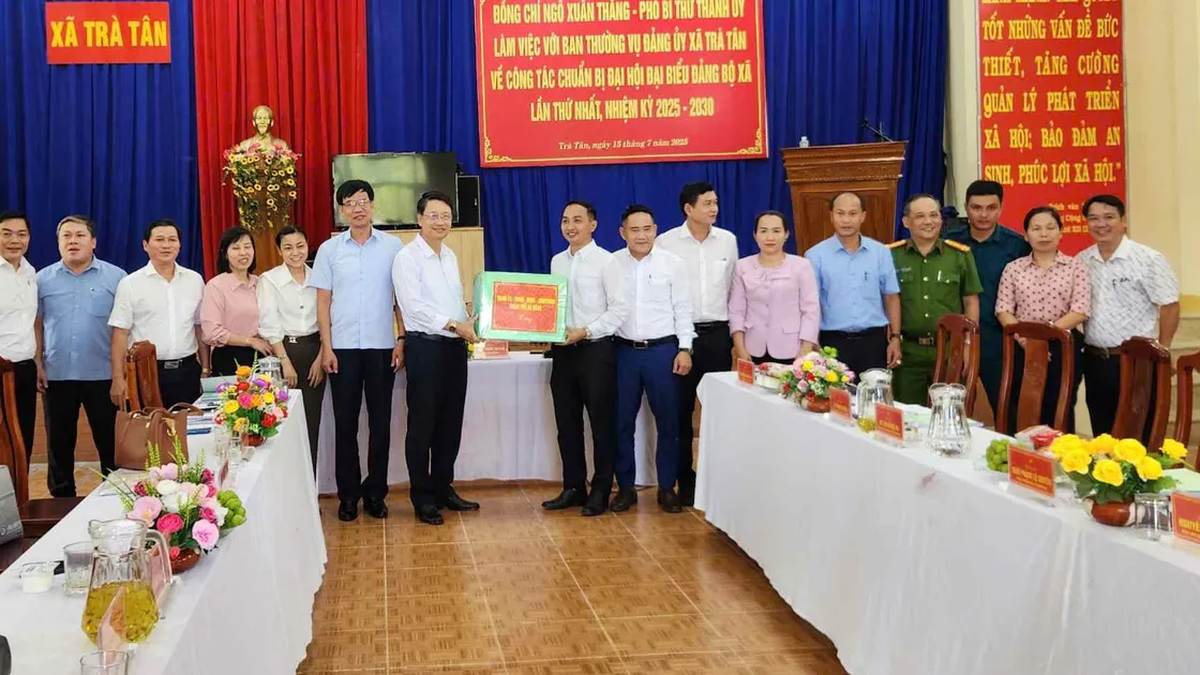










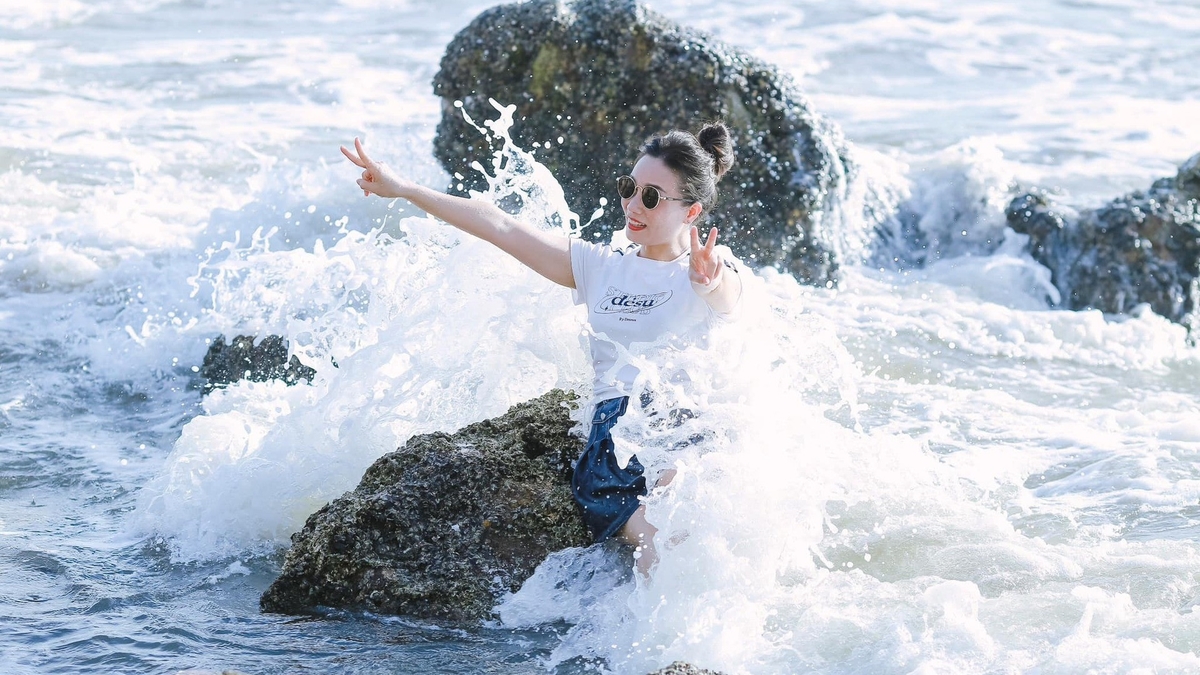
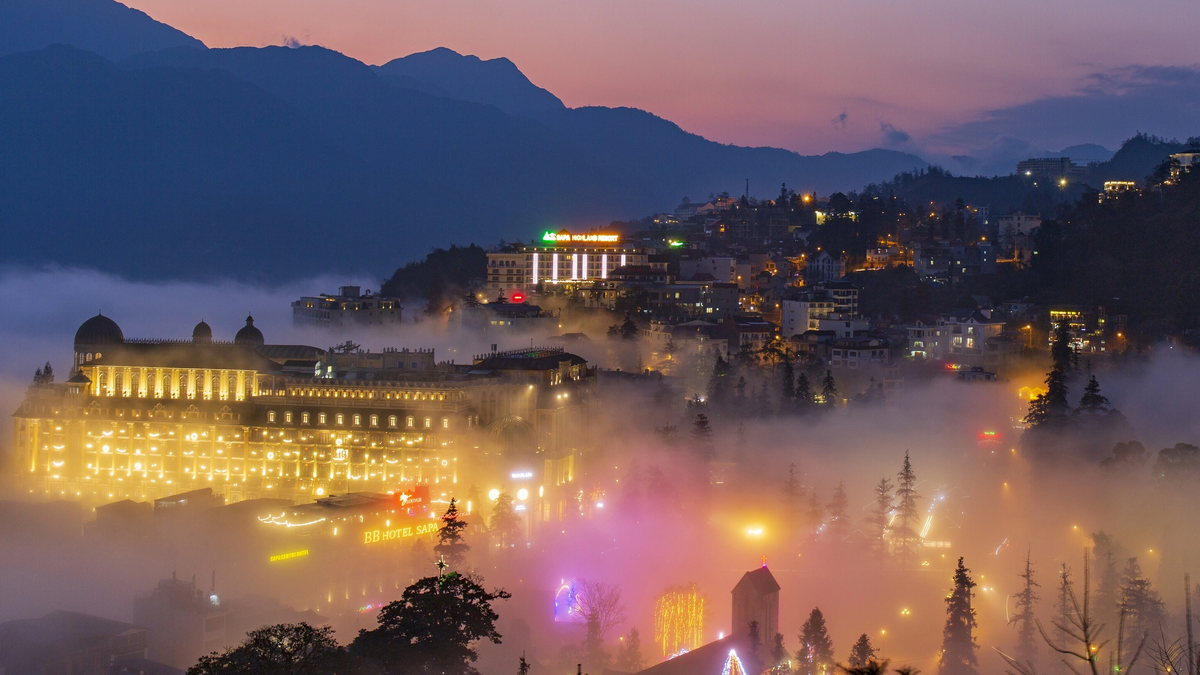
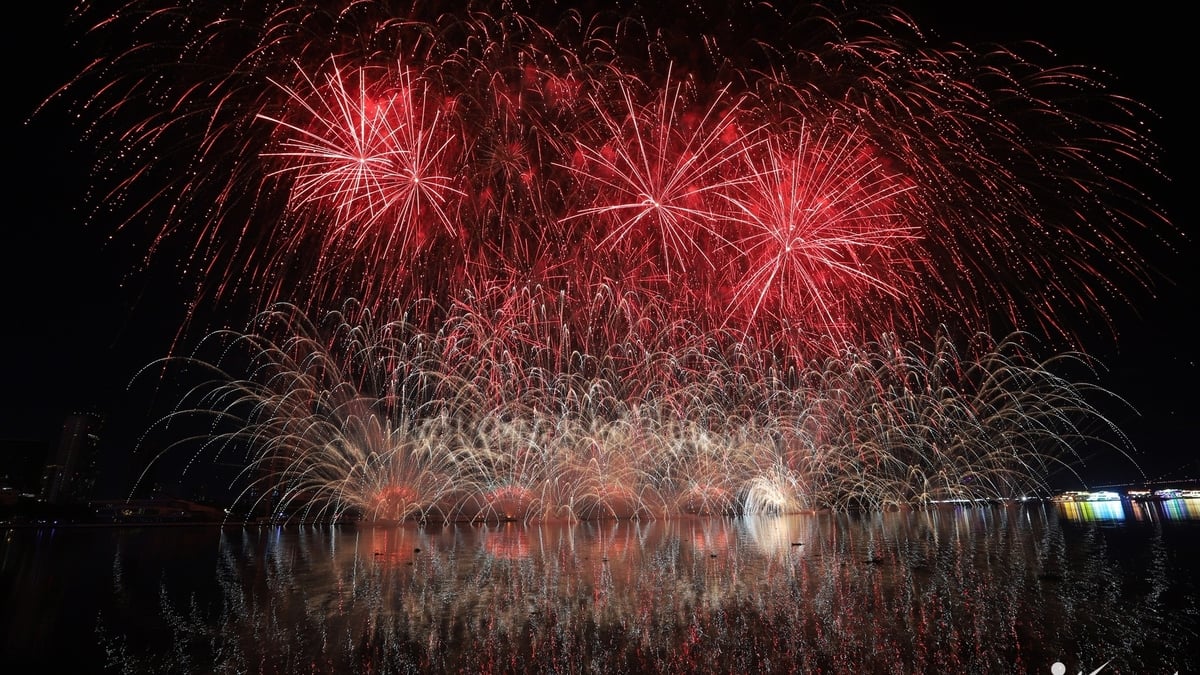

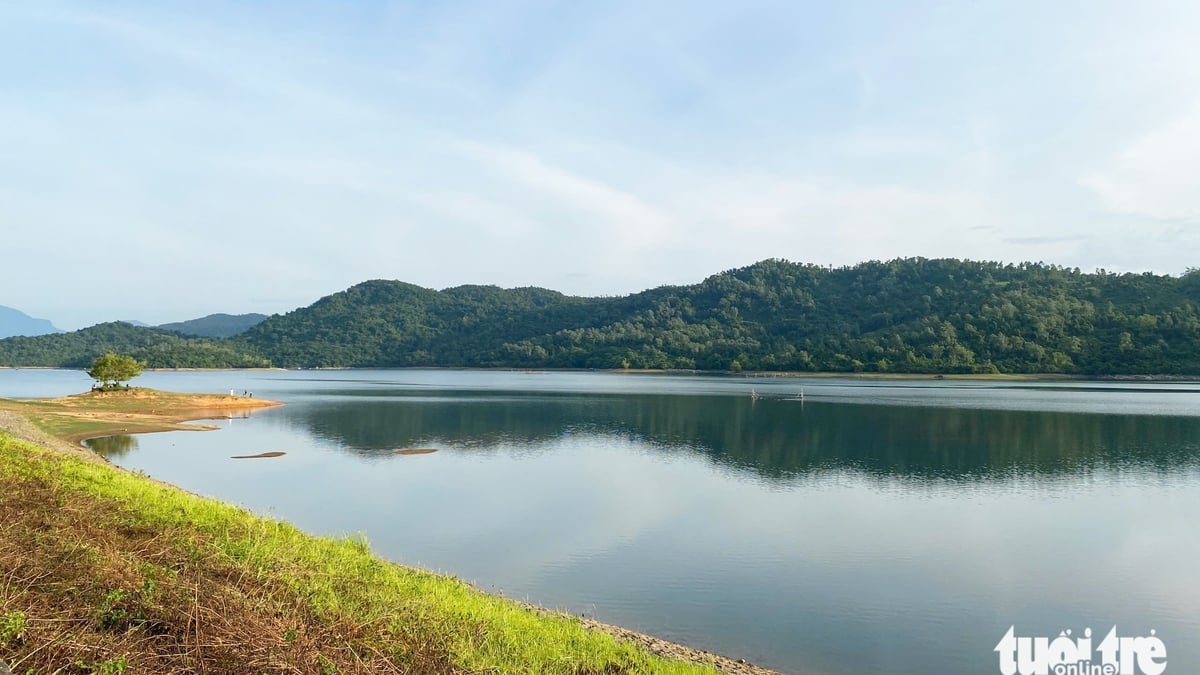
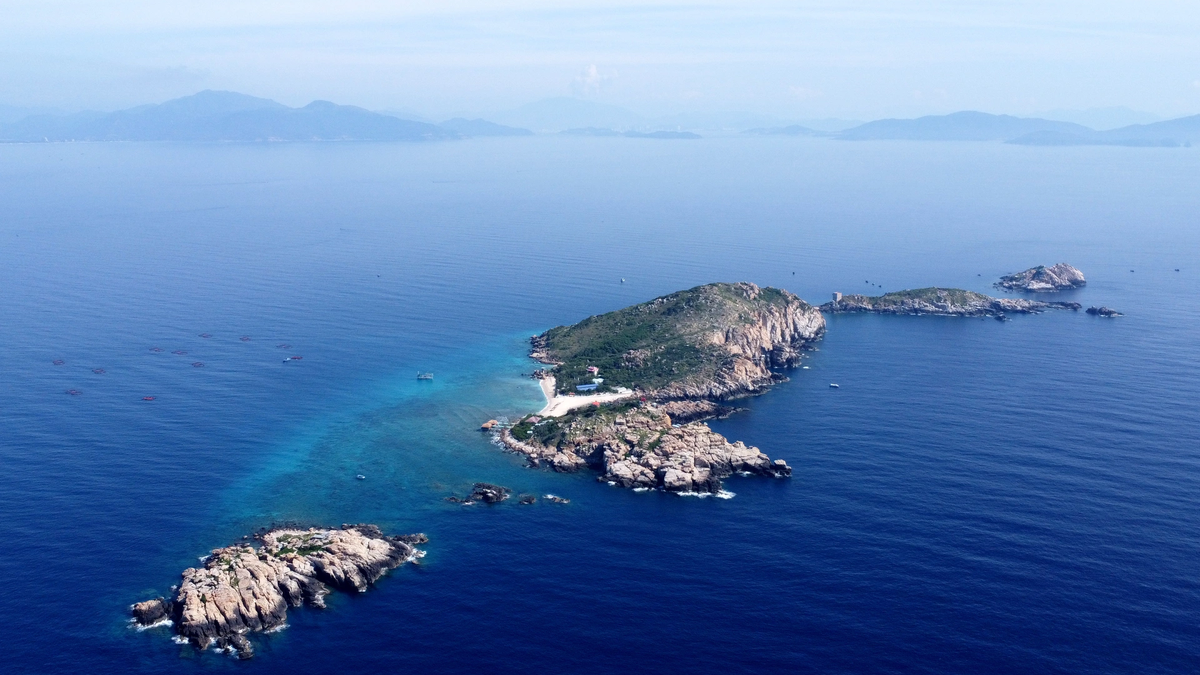

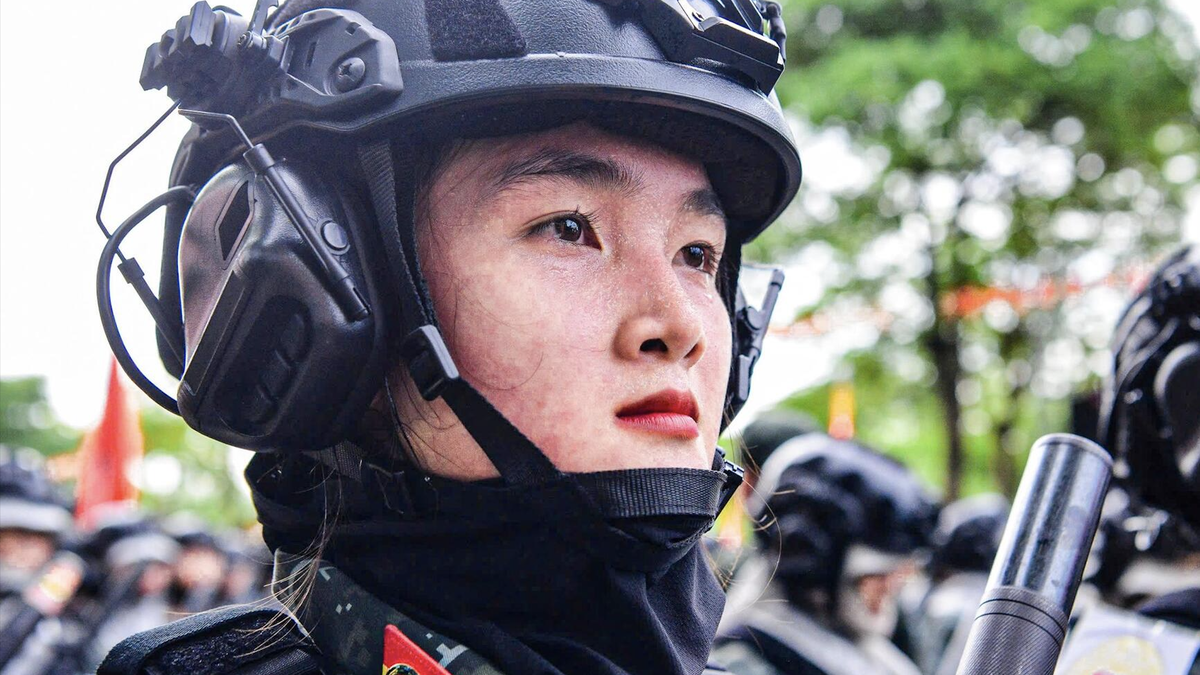
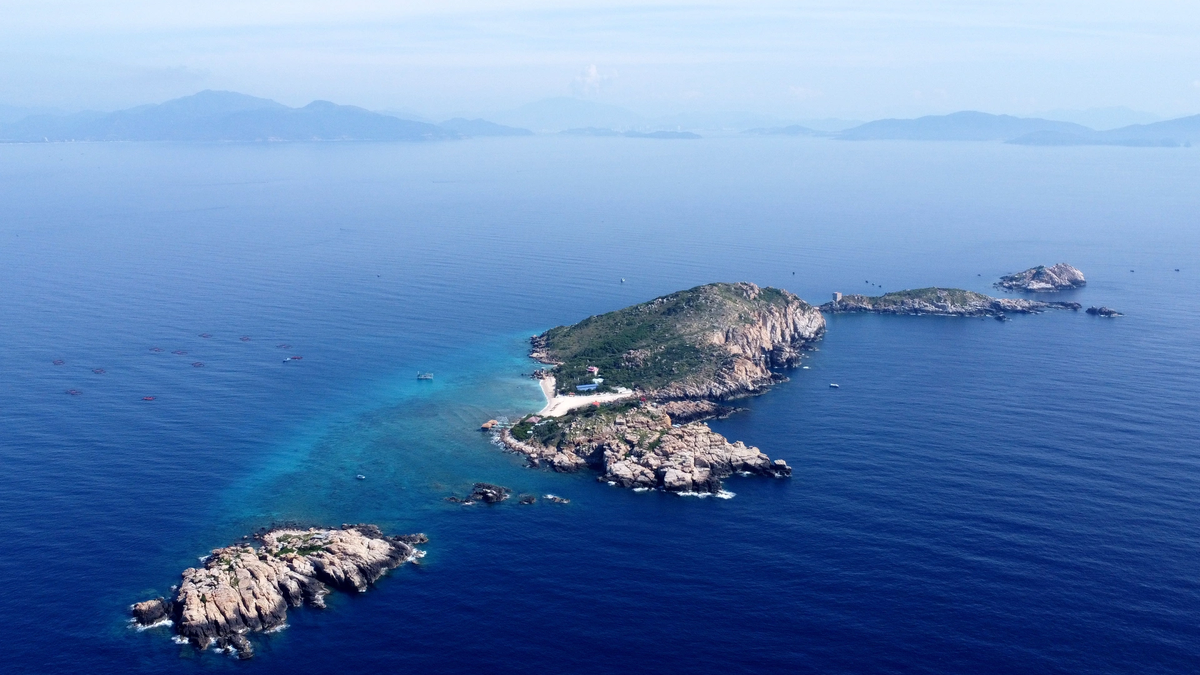

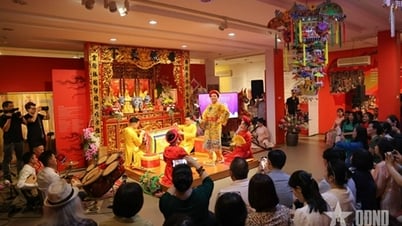

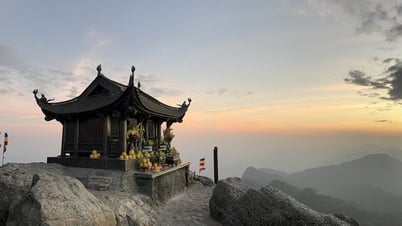



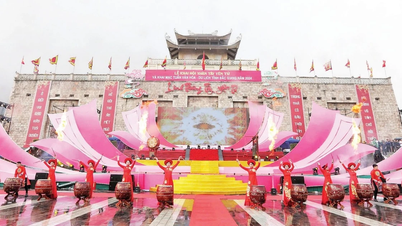

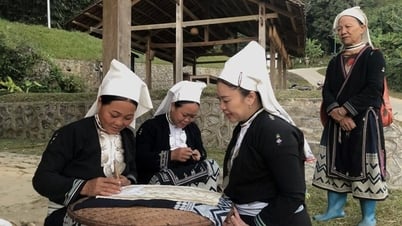



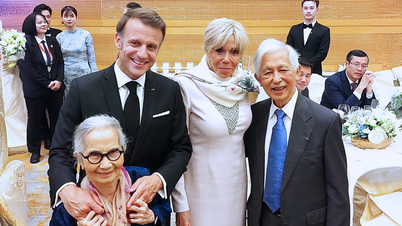


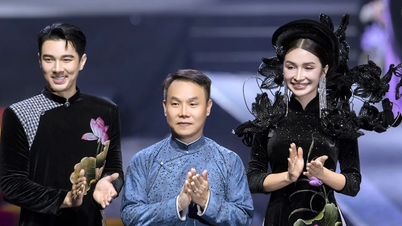

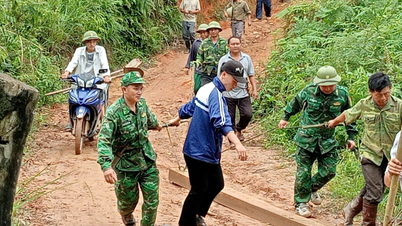
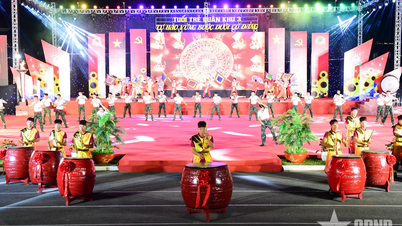
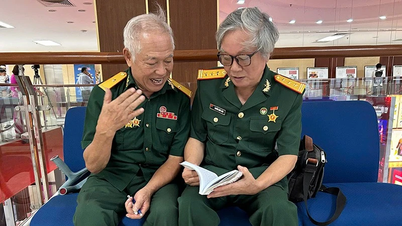






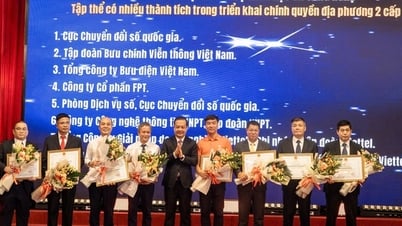


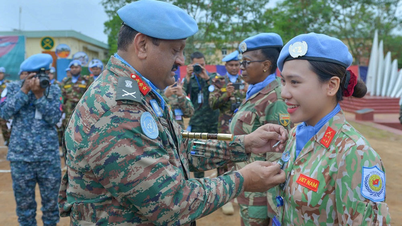
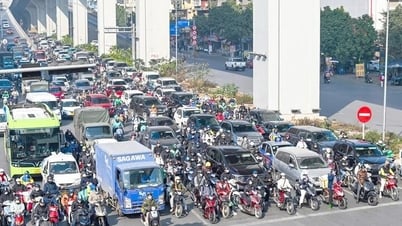

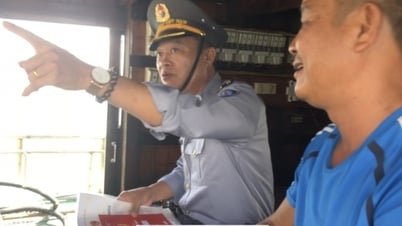

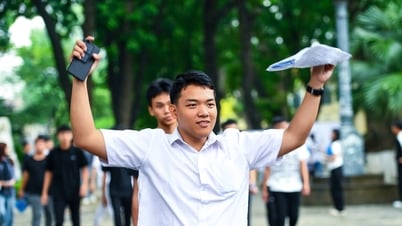




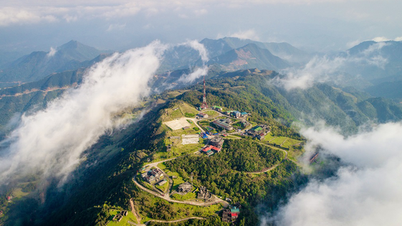

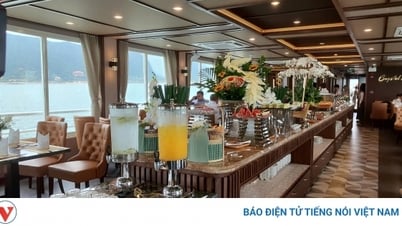
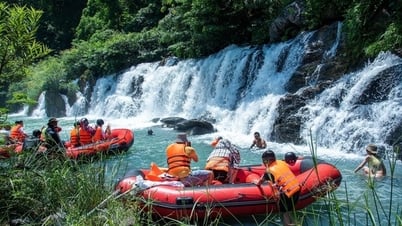


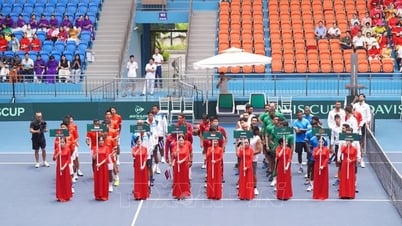
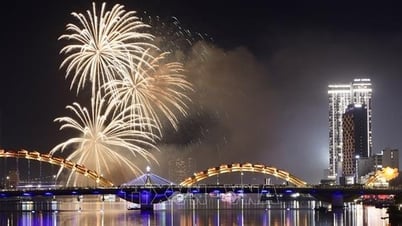







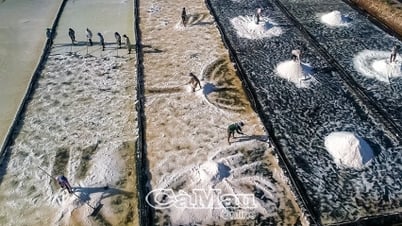

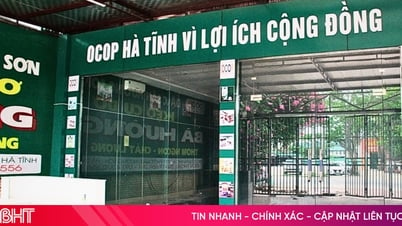



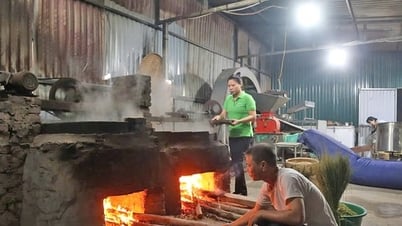

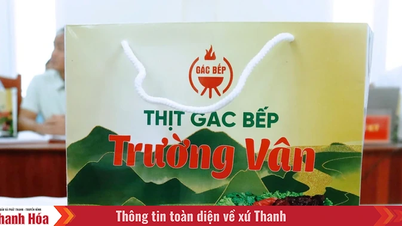





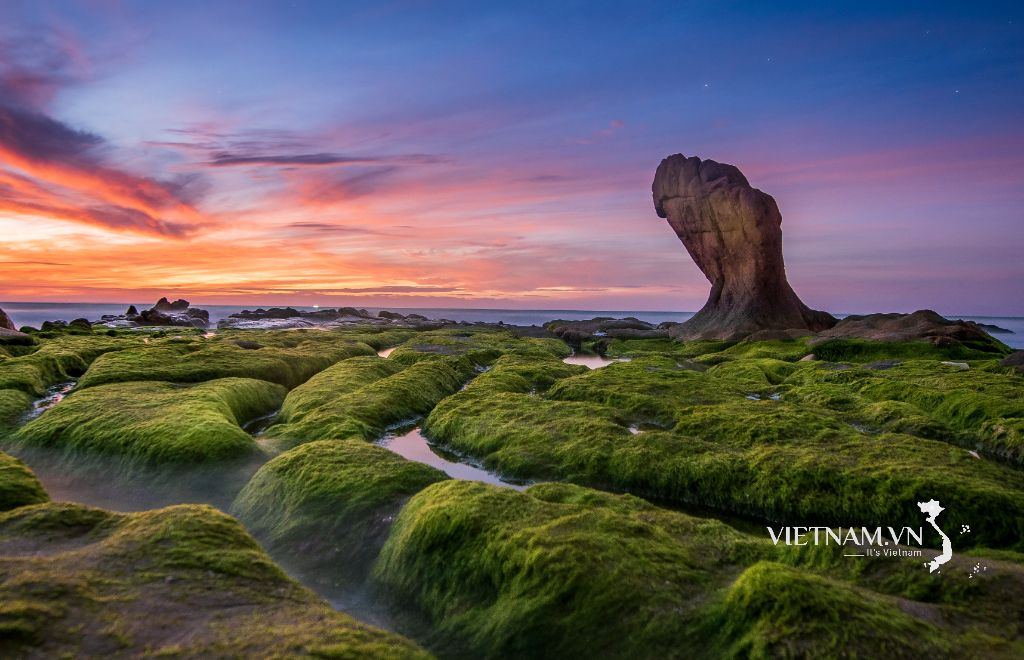
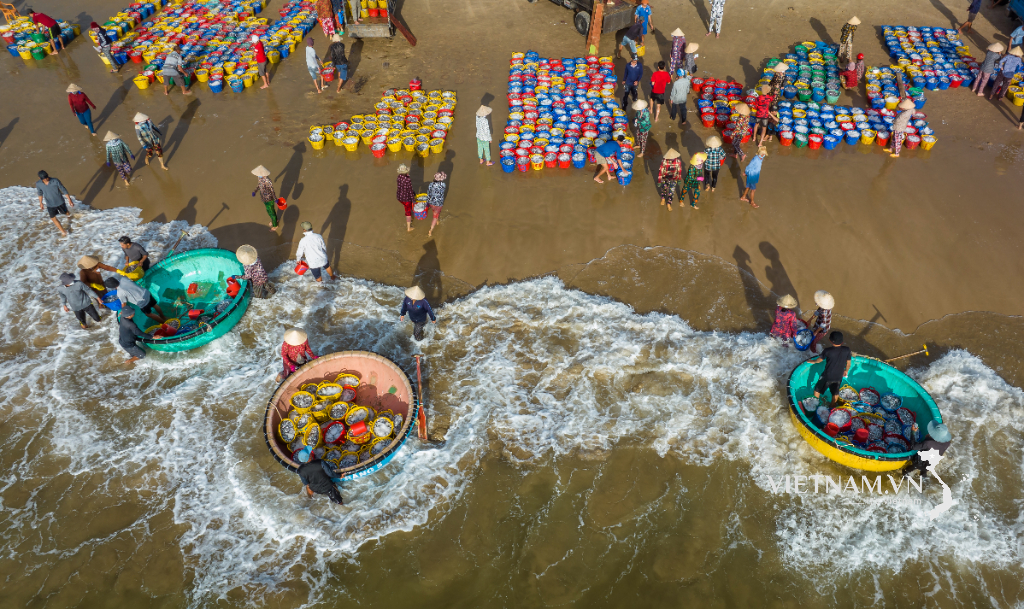
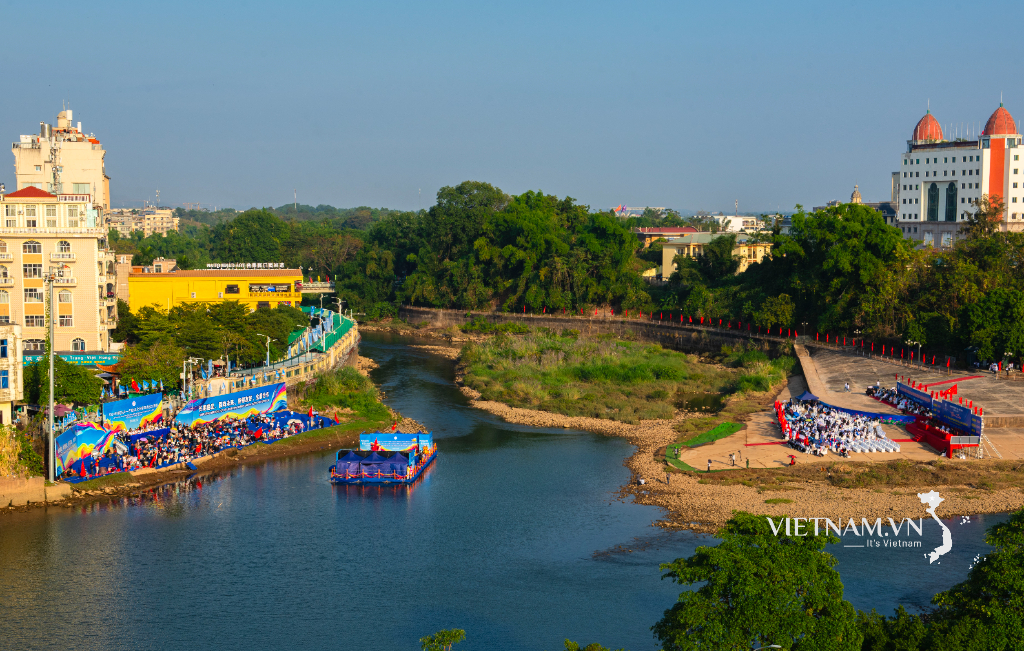
Comment (0)